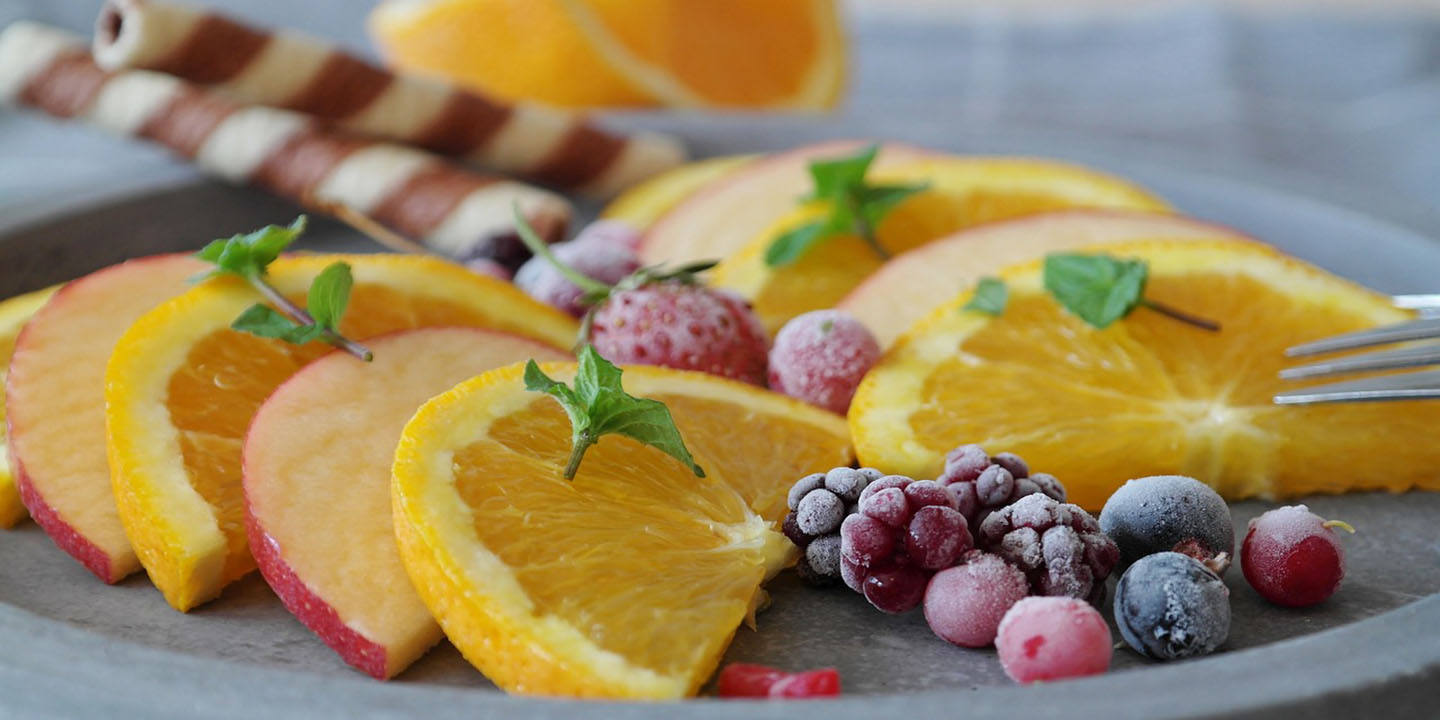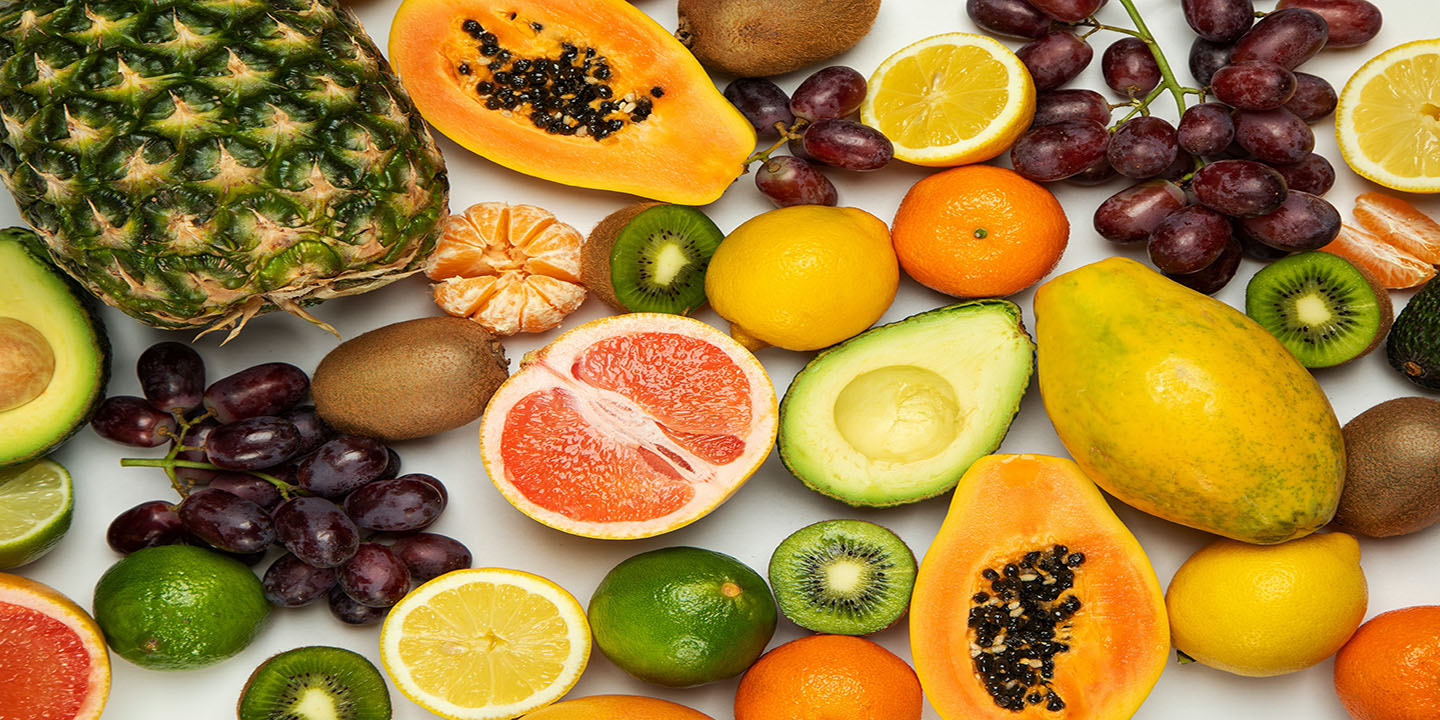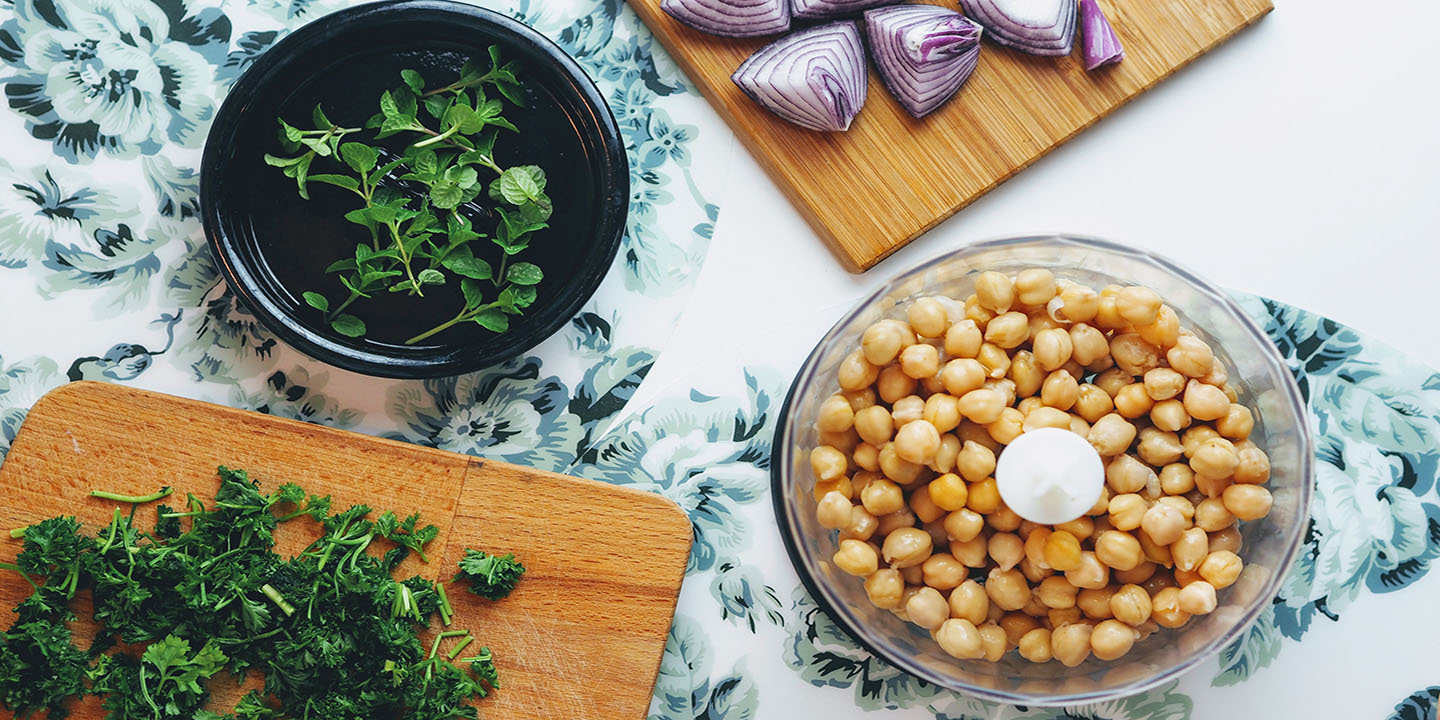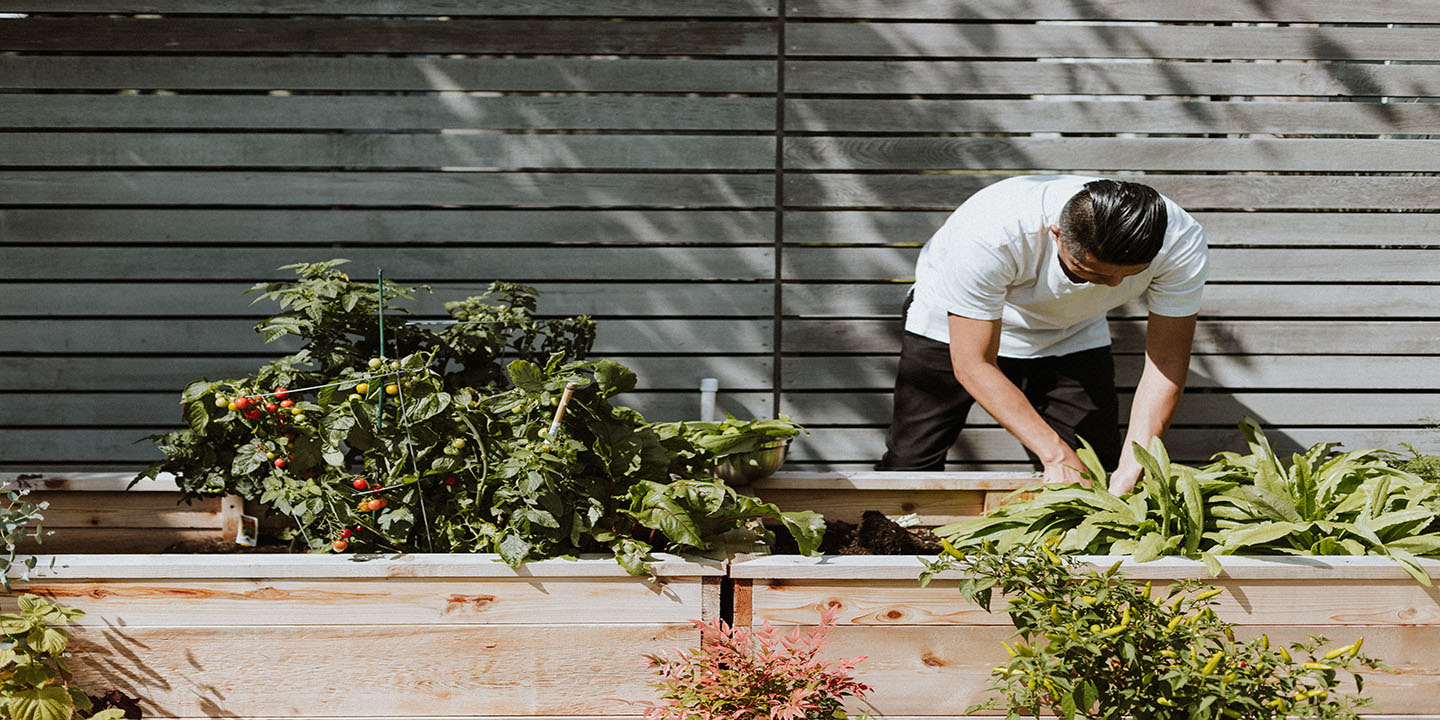The right amount of dietary fiber does all kinds of things for our health. From regulating blood sugar to maintaining bathroom breaks, we need fiber in our diet. If you’re looking for simple ways to get more of it, here are 20 tips to get you started.
1. Add Beans to Salad
Kidney beans, pinto beans, and edamame are all loaded with fiber. While you may not want to snack on them plain, you can always toss them in a salad for a fiber boost—beans are also packed with additional nutrients and will keep you fuller for longer.
 Photo by Pille R. Priske on Unsplash
Photo by Pille R. Priske on Unsplash
2. Snack on Nuts
Hazelnuts, almonds, and pistachios are just some of the high-fiber options available out there. They carry healthy doses of protein and vitamins and are notoriously easy to work into your diet. Try them in trail mix, salads, or as a simple standalone snack.
3. Opt for Whole Grains
It’s well-known by now that whole grains are far better than processed stuff, but that’s especially true for your fiber intake. Whole-grain pasta or rice helps you achieve your daily fiber goal while also providing more nutrients.
 Photo by Young Shih on Unsplash
Photo by Young Shih on Unsplash
4. High-Fiber Breakfasts
Breakfast is the most important meal of the day—and it’s also the perfect time to kickstart your fiber intake. There are all sorts of rich options that start your day right, from high-fiber cereals and breakfast bars to more berries or nuts in whole-grain oatmeal.
 Photo by Margarita Zueva on Unsplash
Photo by Margarita Zueva on Unsplash
5. Eat the Peel
You may want to reconsider peeling your fruits and veggies because the skin is often loaded with fiber, and it’s a simple way to get more of it into your diet. Apples in particular are one of the best fruits left alone.
 Photo by Maria Petersson on Unsplash
Photo by Maria Petersson on Unsplash
6. Look to Legumes
Legumes not only come in all shapes and sizes, but they also come with all kinds of essential nutrients—including protein and fiber. Lentils and chickpeas can easily be thrown in various at-home recipes, so try them in soups, stews, or salads.
 Photo by Karyna Panchenko on Unsplash
Photo by Karyna Panchenko on Unsplash
7. Add in Avocado
As if we need another reason to love avocado, it’s also a rich source of fiber. It comes with plenty of vitamins, potassium, and magnesium, too—indeed earning its title of “superfood”.
 Photo by Wesual Click on Unsplash
Photo by Wesual Click on Unsplash
8. Choose Fresh Herbs
Fresh herbs make everything better, least of all your dishes. The next time you’re in the kitchen, opt for fresh parsley or basil to increase your fiber intake and give your dinner a welcome flavor boost.
 Photo by Kevin Doran on Unsplash
Photo by Kevin Doran on Unsplash
9. Snack on Popcorn
Popcorn is a healthy snack (even at night) that’s packed with fiber and low on calories. Feel free to indulge, just leave out all that butter and salt to remain healthy. If you need a flavorful option, add some cinnamon, which is also full of fiber!
 Photo by Georgia Vagim on Unsplash
Photo by Georgia Vagim on Unsplash
10. More Berries
Strawberries, raspberries, blackberries, and blueberries are all terrific ways to up your fiber intake. They can also easily be incorporated into various dishes like smoothies and parfaits.
 Photo by Zoe Schaeffer on Unsplash
Photo by Zoe Schaeffer on Unsplash
11. Turn to Hummus
Chickpeas alone may not be your cup of tea, but don’t be so quick to write them off either. Blend them into hummus for a classic fiber-rich dip that’s perfect for fiber-rich veggies.
 Photo by Christopher Alvarenga on Unsplash
Photo by Christopher Alvarenga on Unsplash
12. Try Fiber Supplements
You always want to speak with your physician about which supplements best suit your needs. However, should you get the green light, options like psyllium husk can do wonders for your dietary fiber intake.
 Photo by Mika Baumeister on Unsplash
Photo by Mika Baumeister on Unsplash
13. Use Different Flour
Sub in whole wheat flour for more fiber and a healthier spin on traditional recipes. Not only are you able to get more nutrients, but whole wheat flour is also packed with vitamins. You can also look to chickpea or coconut flour.
 Photo by Ben McLeod on Unsplash
Photo by Ben McLeod on Unsplash
14. Root Vegetables
Certain veggies like carrots and sweet potatoes are rich in fiber, so try to work them into your everyday diet. Root vegetables are easily incorporated into soups or made into delicious side dishes—especially if you coat them in fresh herbs.
 Photo by Nick Fewings on Unsplash
Photo by Nick Fewings on Unsplash
15. Dried Fruit
Dried fruit comes with the good and bad (but thankfully, not the ugly). The bad news is that it has way more sugar than your average fresh fruit, but the good news is that it contains more fiber and antioxidants. To get the best of both worlds, enjoy in moderation.
 Photo by Alexander Schimmeck on Unsplash
Photo by Alexander Schimmeck on Unsplash
16. Read the Label
One of the best ways to increase your fiber is simply to read food labels more carefully. It’s easier to make appropriate swaps and you have better control over just how much fiber you get.
 Photo by Dollar Gill on Unsplash
Photo by Dollar Gill on Unsplash
17. Eat Flaxseed
Ground flaxseeds can be added to almost anything, from baked goods to smoothies and even breakfast puddings. They’re chock full of fiber and omega-3 fatty acids, too, making them one of the healthiest additions to any diet.
 Photo by Karyna Panchenko on Unsplash
Photo by Karyna Panchenko on Unsplash
18. Use Chia Seeds
Chia seeds are a top source of fiber, so you should really reconsider neglecting them. Keep it basic by adding them to a glass of water or get creative and incorporate them into smoothies, oatmeal, or even homemade jam.
 Photo by Adél Grőber on Unsplash
Photo by Adél Grőber on Unsplash
19. Reach for Artichokes
With at least five grams of fiber per 100g, artichokes are one of the highest-fiber vegetables on the market. It’s simple to steam them or add them to salads, so think about tossing them in with your meals.
20. Make More Smoothies
Smoothies are a blank canvas for creativity. Whatever your dietary restrictions are, a homemade smoothie always delivers because you can include anything you need. For more fiber, add berries, nuts, or flaxseed.
KEEP ON READING

The Most Popular Signature Dishes Around the World









